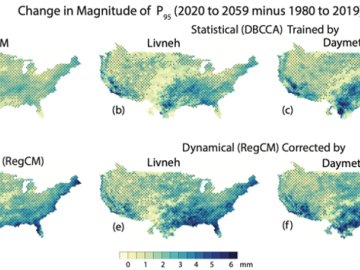
We present an intercomparison of a suite of high-resolution downscaled climate projections based on a six-member General Climate Models (GCM) ensemble from the 6th Phase of Coupled Models Intercomparison Project (CMIP6).

We present an intercomparison of a suite of high-resolution downscaled climate projections based on a six-member General Climate Models (GCM) ensemble from the 6th Phase of Coupled Models Intercomparison Project (CMIP6).
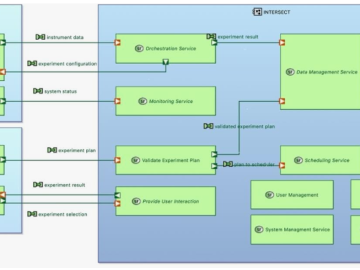
A web-based GUI for INTERSECT has been created which allows a user to configure an experiment on an electron microscope, setting such parameters as maximum number of steps for the machine learning algorithm to perform.

Researchers at Oak Ridge National Laboratory developed a new parallel performance portable algorithm for solving the Euclidean minimum spanning tree problem (EMST), capable of processing tens of millions of data points a second.
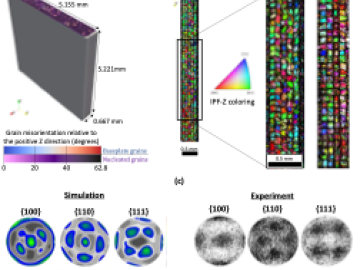
Researchers associated with the ExaAM project, a part of the Exascale Computing Project, developed ExaCA, a cellular automata (CA)-based model for grain-scale alloy solidification capable of simulation on both CPU and GPU architectures.

Researchers associated with the ExaAM project, a part of the Exascale Computing Project, developed ExaCA, a cellular automata (CA)-based model for grain-scale alloy solidification capable of simulation on both CPU and GPU architectures.
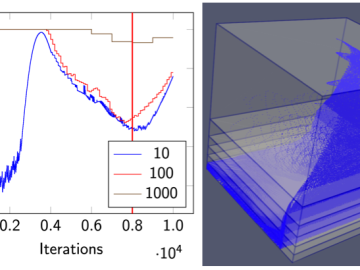
A collaborative team of researchers from Oak Ridge National Laboratory (ORNL) and four additional labs have published a new article in the Journal of Open Source Software paired with the release of a new version of the Cabana library for particle
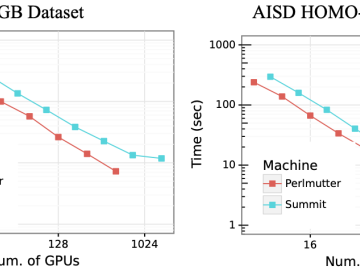
A graph convolutional neural network (GCNN) was trained with millions of molecules to accurately predict molecular photo-optical properties by scaling data loading and training to over 1,500 GPUs on the Summit and Perlmutter supercomputers at the OLCF a
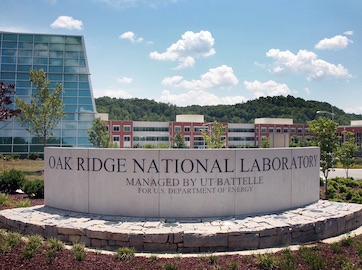
This measurement is correlated directly to ultrahigh energy-resolution monochromated electron energy-loss spectroscopy (EELS) measurements, which are able to directly measure the phonon response at the nano-length-scales of the long and short-period sup

Multimodel ensembling improves predictions and considers model uncertainties. In this study, we present a Bayesian Neural Network (BNN) ensemble approach for large-scale precipitation predictions based on a set of climate models.
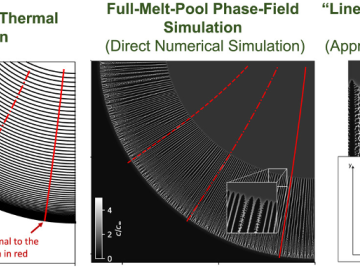
A multidisciplinary team of researchers from Oak Ridge National Laboratory (ORNL) and the University of Texas at Austin developed a new framework for assessing the accuracy of approximate models of microstructure formation.

